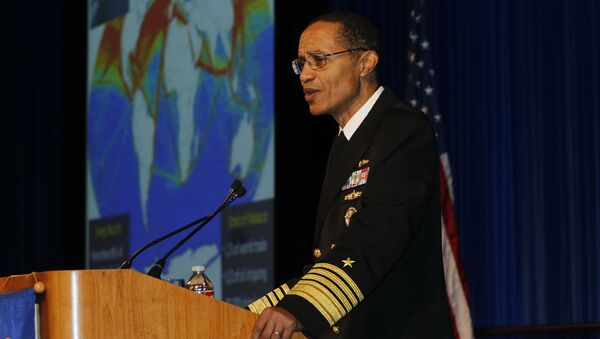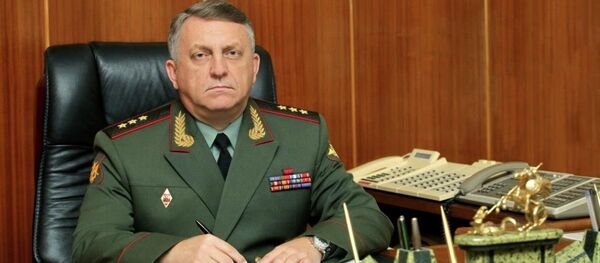“While we were watching very closely trends and predicting…as he [Putin] came out with his doctrine, from my standpoint, was not a bit of surprise,” Adm. Haney said at the event dedicated to strategic deterrence in Atlantic Council in Washington, DC.
The commander added that he was glad to see the Russian president put out a revised version of Moscow’s military doctrine.
“It is a good thing for us, I would rather see him be vocal and understand what he is thinking out in front versus guessing,” Adm. Haney noted.
On December 26, Russia’s President Vladimir Putin signed an updated version of the country’s military doctrine, which highlights the expansion of NATO’s military capabilities among the main threats to Russian national security. According to the document, Russia reserves the right to use nuclear weapons in response to the use of nuclear weapons or any other types of weapons of mass destruction against Russia or its allies. For the first time ever the doctrine named the protection of national interests in the Arctic among the main priorities for its armed forces in peaceful times.
The revised military doctrine replaces the previous 2010 version. Overall, the 2014 military doctrine is the fourth version, following doctrines released in 1993, 2000 and 2010.



